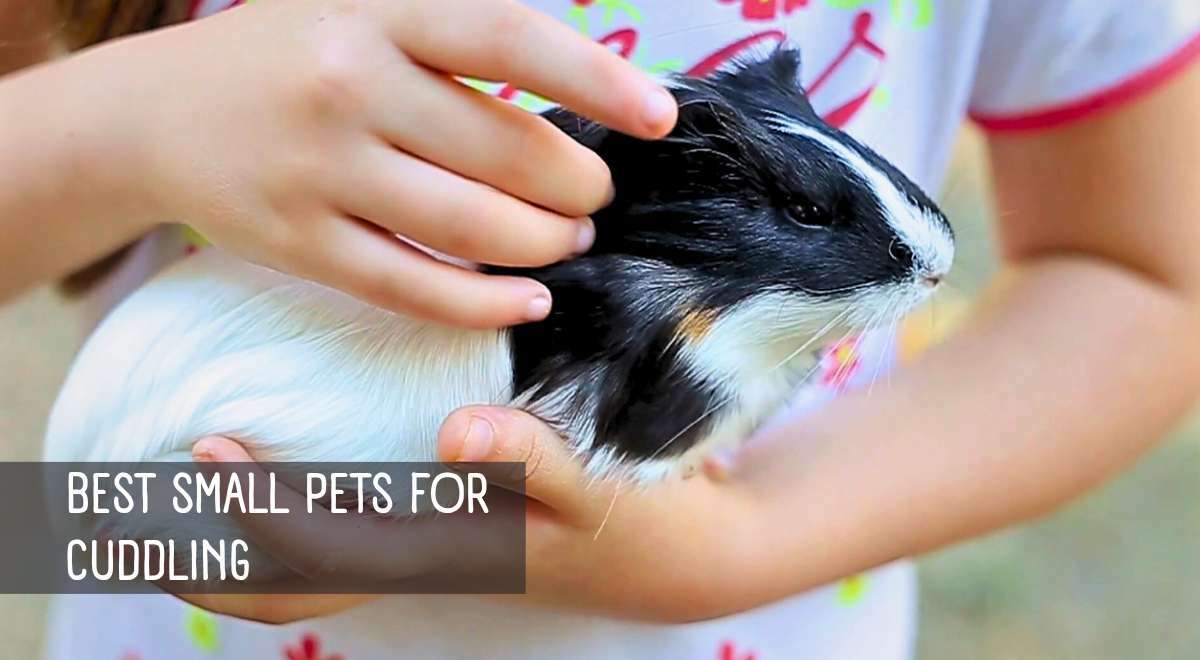
When your beloved pet chooses to seek comfort in your embrace, it’s a heartwarming moment that resonates deeply. Embracing your furry companion in a cozy cuddle session can create a truly soothing and extraordinary experience for both of you. While commonly perceived as limited to cats and dogs, cuddly pets extend beyond these adorable creatures. Whether due to restrictions on larger pets or personal preference for smaller companions, you need not sacrifice the joy of cuddling. Although the term “small pets” may evoke images of traditionally less cuddly animals like fish, frogs, or lizards, there exists a diverse range of affectionate and snuggly smaller pets. These endearing creatures will be by your side, providing an abundance of love and warmth whenever you need it. Prepare for an enchanting cuddling journey with these delightful small pets that are eager to shower you with tender affection.
Benefits of Having a Small Pet that Loves to Snuggle:
1. Emotional Support: Cuddling with a small pet can have a positive impact on our emotional well-being. The physical contact and warmth can release oxytocin, a hormone associated with bonding and stress reduction. It can help alleviate feelings of loneliness, anxiety, and depression, providing comfort and emotional support.
2. Stress Relief: The act of cuddling with a small pet has a calming effect on our nervous system. It can reduce stress levels, lower blood pressure, and promote relaxation. After a long, tiring day, snuggling up with a small pet can help melt away the day’s worries and bring a sense of tranquility.
3. Companionship: Small pets that love to cuddle can become loyal companions. They form deep bonds with their owners and are often eager to spend quality time together. Whether you’re watching TV, reading a book, or simply relaxing, having a cuddly small pet by your side can provide companionship and a sense of belonging.
4. Physical Health Benefits: Cuddling with a small pet can offer physical health benefits as well. Petting and stroking them can promote the release of endorphins, which can help reduce pain and improve overall well-being. Additionally, the playful nature of small pets can encourage physical activity, helping to keep you active and engaged.
Read also: Best 12 Fruits to Grow in Pots Indoors: Tips, Soil, and Fertilization
Developing Empathy and Responsibility:
Cuddling with small pets not only benefits us but also teaches valuable life skills, especially for children. When they engage in caring for and cuddling with a small pet, they develop empathy, compassion, and a sense of responsibility. They learn to understand the needs and emotions of their pet, fostering a sense of empathy towards other living beings.
Moreover, the act of cuddling and bonding with small pets cultivates a sense of responsibility as owners must ensure their pets are well-fed, provided with a safe environment, and receive proper care and attention. This responsibility helps children and adults alike develop a nurturing and caring mindset.
Guinea Pigs:
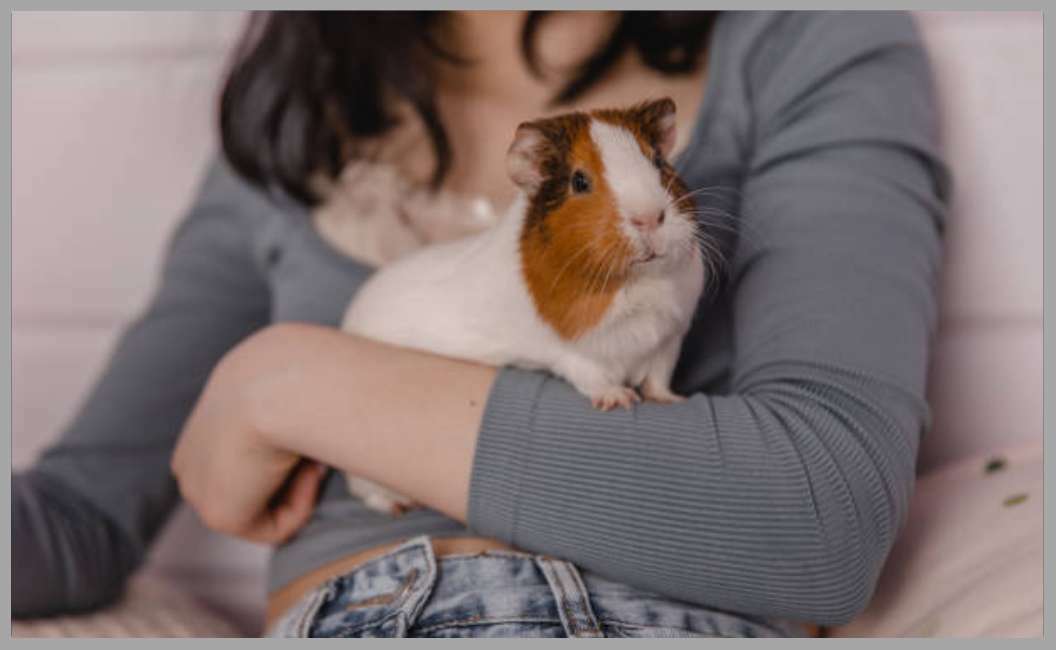
Guinea pigs, also known as cavies, are popular small pets known for their gentle and affectionate nature. They are sociable animals that thrive on human interaction and enjoy being held and cuddled. Here are some points to consider when it comes to cuddling with guinea pigs:
1. Gentle and Affectionate Nature:
Guinea pigs have a naturally calm and docile temperament, making them excellent companions for cuddling. They are generally gentle creatures that enjoy human touch and attention. When handled with care and gentleness, guinea pigs will often relax in your arms and even purr with contentment.
2. Social Behavior and Need for Companionship:
Guinea pigs are highly social animals and thrive on companionship. It is recommended to keep at least two guinea pigs together to ensure their social needs are met. Cuddling with your guinea pig provides them with a sense of security, comfort, and bonding, as they see you as part of their social group. However, it’s essential to remember that guinea pigs may need some time to build trust and feel comfortable being cuddled, especially if they are new to your home.
3. Creating a Comfortable and Safe Cuddling Environment:
To ensure a positive cuddling experience for both you and your guinea pig, it’s important to create a comfortable and safe environment. Here are some tips:
• Use a quiet and calm space: Choose a peaceful area in your home where your guinea pig can feel secure and relaxed. Avoid loud noises or sudden disturbances during cuddle sessions.
• Provide a soft and cozy surface: Place a soft blanket or towel on your lap or a cushioned area for your guinea pig to rest on. This helps create a comfortable and warm space for cuddling.
• Support their body: When holding your guinea pig, support their body with both hands. Make sure to cradle them gently and avoid squeezing or applying pressure.
• Offer treats and positive reinforcement: Associate cuddling with positive experiences by offering small treats or rewards during and after cuddle sessions. This helps your guinea pig associate cuddling with positive feelings.
Remember, each guinea pig has its own personality and preferences, so it’s important to observe their body language and respect their boundaries. Some guinea pigs may prefer shorter cuddling sessions, while others may enjoy longer periods of snuggling. Pay attention to their cues and adjust accordingly to ensure a pleasant and enjoyable cuddling experience for both of you.
Cuddling with guinea pigs can be a wonderful way to bond and show affection. With their gentle nature and need for companionship, guinea pigs make excellent small pets for cuddling, providing warmth, comfort, and love to their owners.
Rabbits:

Rabbits are adorable and cuddly small pets that can bring immense joy to cuddling sessions. While they may require some time and patience to build trust, many rabbits can become comfortable with cuddling and enjoy the physical affection. Here are some points to consider when cuddling with rabbits:
1. Building Trust and Bonding:
Rabbits are prey animals by nature and can be initially cautious around humans. It’s important to allow them time to adjust to their new environment and build trust with their owners. Spend time sitting near the rabbit, talking to them softly, and offering treats to create a positive association. As they become more comfortable, they may start approaching you for cuddles.
2. Gentle Petting and Strokes:
When cuddling with a rabbit, use gentle and slow movements. Start by petting them on their head, cheeks, and chin, as these are areas they typically enjoy being touched. Avoid grabbing or restraining the rabbit, as it may cause them to feel anxious or scared. Instead, let them hop onto your lap or lie down comfortably beside you.
3. Respect Personal Space:
Rabbits are known for their independent nature and may prefer shorter cuddling sessions. It’s important to respect their personal space and allow them to hop away if they need a break. Pay attention to their body language, such as tense posture or thumping hind legs, which could indicate discomfort or the need for some time alone. Always let the rabbit initiate and control the duration of the cuddling session.
4. Provide a Safe Environment:
Ensure that the cuddling environment is safe and free from potential hazards. Remove any sharp objects, wires, or toxic plants that the rabbit could chew on. Create a comfortable space with soft blankets or towels for them to snuggle on. Also, be mindful of the temperature, as rabbits are sensitive to extremes of heat and cold.
5. Positive Reinforcement and Treats:
Reward your rabbit with treats and positive reinforcement during and after cuddling sessions. This helps create a positive association with cuddling and encourages them to seek affectionate interactions. Additionally, it’s important to spend quality time with your rabbit outside of cuddling, engaging in play and providing mental stimulation.
By understanding and respecting the needs and preferences of rabbits, you can create a loving and enjoyable cuddling experience. With patience and consistent positive interactions, rabbits can become wonderful companions for cuddling, bringing warmth and happiness to your life.
Remember, every rabbit is unique, so it’s essential to observe their behavior and adjust your approach accordingly. Building trust and a strong bond with your rabbit will make cuddling sessions a cherished and rewarding experience for both of you.
Chinchillas:
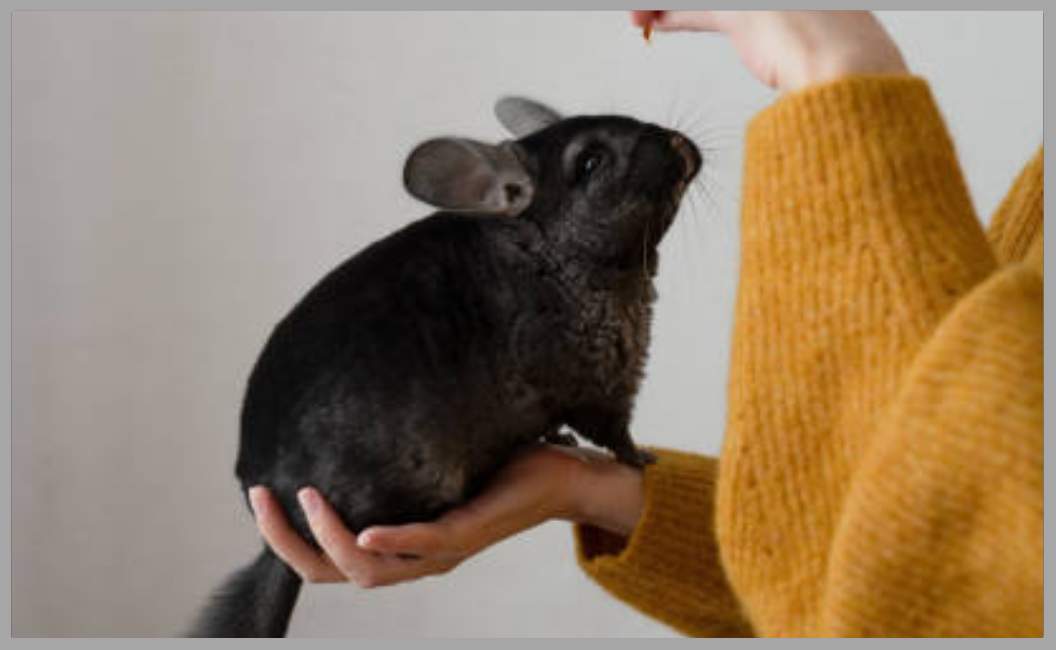 Chinchillas are known for their incredibly soft fur and can be delightful small pets for cuddling. While they may be more independent compared to other small pets, they can still develop strong bonds with their owners and enjoy cuddling sessions. Here are some points to consider when cuddling with chinchillas:
Chinchillas are known for their incredibly soft fur and can be delightful small pets for cuddling. While they may be more independent compared to other small pets, they can still develop strong bonds with their owners and enjoy cuddling sessions. Here are some points to consider when cuddling with chinchillas:
1. Gentle Handling and Socialization:
Chinchillas require patient handling and socialization to become comfortable with cuddling. Start by allowing them to get used to your presence and scent. Offer treats and speak softly to establish a positive association. Gradually introduce gentle petting and strokes, focusing on areas like their cheeks, chin, and back, which they tend to enjoy.
2. Create a Safe and Quiet Environment:
Chinchillas are sensitive to loud noises and sudden movements, so it’s important to provide a calm and quiet environment for cuddling. Choose a cozy and secure space where they feel comfortable. Consider using a soft blanket or towel on your lap or a cushioned area to create a comfortable spot for them to cuddle.
3. Understand Their Body Language:
Chinchillas communicate through body language, and it’s important to understand their cues while cuddling. Signs of contentment include relaxed body posture, soft purring sounds, and slow blinking. If they show signs of agitation, such as trying to escape or displaying aggressive behavior, it’s best to give them space and try cuddling at another time.
4. Limit Cuddling Time:
Chinchillas are naturally active and require time outside of their enclosure for exercise and exploration. Limit cuddling sessions to shorter durations to ensure they have plenty of time for physical activity. Additionally, chinchillas have a sensitive respiratory system, so extended cuddling sessions can lead to overheating or stress. It’s important to balance cuddle time with their need for exercise and play.
5. Mutual Trust and Bonding:
Building a strong bond of trust with your chinchilla is crucial for successful cuddling. Spend regular quality time with them, engaging in activities like play and providing mental stimulation. The more your chinchilla trusts and feels secure in your presence, the more likely they are to enjoy cuddling and seek physical affection.
While chinchillas may require more patience and time to become comfortable with cuddling, their soft fur and unique personality make them rewarding companions for snuggling. Remember to be respectful of their boundaries, observe their body language, and create a safe and calm environment to ensure a positive cuddling experience for both you and your chinchilla.
Cuddling with chinchillas can deepen the bond between you and provide them with the comfort and security they need. With proper handling and socialization, chinchillas can become cuddly companions, bringing warmth and joy to your cuddling sessions.
Rats:
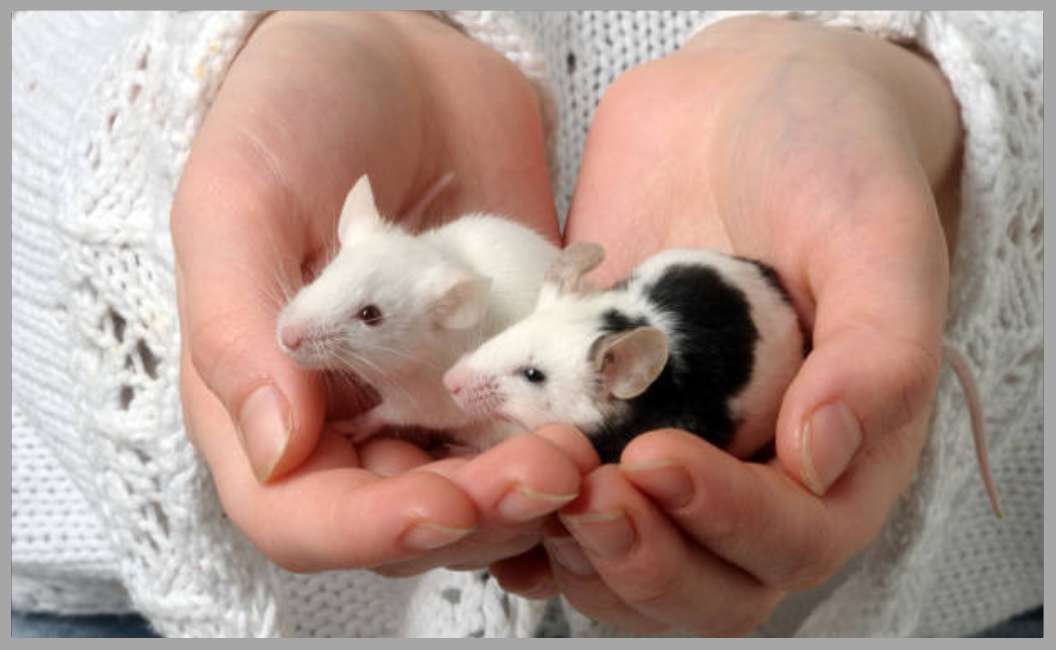 Rats may not be the first small pet that comes to mind when thinking about cuddling, but they are incredibly social and affectionate animals that can form strong bonds with their owners. With the right approach and handling, rats can become wonderful pets for cuddling. Here are some points to consider when cuddling with rats:
Rats may not be the first small pet that comes to mind when thinking about cuddling, but they are incredibly social and affectionate animals that can form strong bonds with their owners. With the right approach and handling, rats can become wonderful pets for cuddling. Here are some points to consider when cuddling with rats:
1. Social Nature and Bonding:
Rats are highly social animals that thrive on companionship and interaction. They form strong bonds with their owners and enjoy being handled and cuddled. Spending regular quality time with your rats, engaging in gentle play and handling, helps build trust and strengthens the bond between you and your pet.
2. Gradual Introductions:
When introducing cuddling to your rats, it’s important to proceed gradually. Start by allowing them to explore your hands and get used to your scent. Offer treats and speak softly to create a positive association. Once they feel comfortable with your presence, you can slowly begin to hold and cuddle them.
3. Gentle Handling and Strokes:
Rats have delicate bodies, so it’s important to handle them gently. Use both hands to support their body and avoid squeezing or applying pressure. Stroke them gently along their back and sides, as rats often enjoy this type of touch. Pay attention to their reactions and adjust your approach based on their preferences.
4. Provide a Safe and Comfortable Environment:
Create a safe and comfortable environment for cuddling with your rats. Use a soft blanket or towel on your lap or create a cozy space where they can snuggle against you. Make sure the area is quiet and free from any potential hazards or distractions. Rats feel more at ease in a calm and secure setting.
5. Respect Individual Personalities:
Just like humans, rats have individual personalities and preferences. Some rats may be more naturally inclined to enjoy cuddling, while others may be more independent. Respect their boundaries and let them dictate the duration and intensity of the cuddling session. If a rat shows signs of discomfort or agitation, give them space and try again later.
6. Positive Reinforcement:
Positive reinforcement is essential in creating a positive association with cuddling. Offer treats, verbal praise, and gentle strokes during and after cuddling sessions. This helps reinforce the positive experience and encourages your rats to associate cuddling with comfort and affection.
Rats can become incredibly affectionate and loving pets with proper handling and socialization. They enjoy the close physical contact that cuddling provides and can bring immense joy and companionship to their owners. With patience, trust-building, and respect for their individual preferences, rats can become cherished cuddle buddies.
Cuddling with rats not only strengthens the bond between you and your pets but also provides them with the social interaction and warmth they crave. Enjoy the cuddling sessions with your rats, and watch as your relationship grows deeper and more rewarding.
Hamsters:
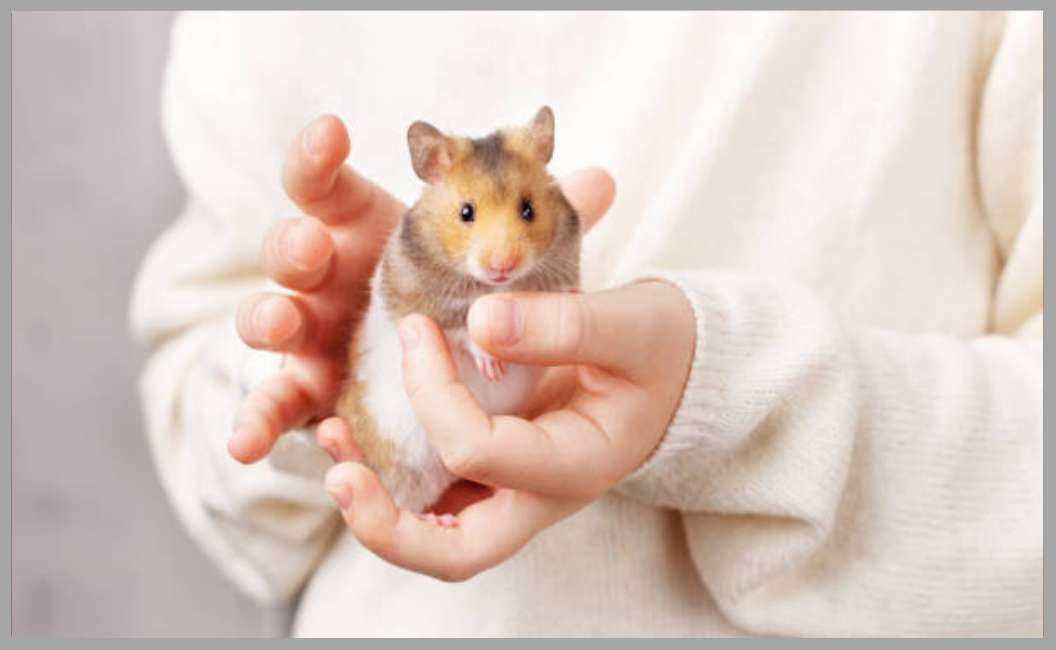 Hamsters are small, adorable pets that can be surprisingly cuddly and affectionate. While they are generally more independent compared to other small pets, with proper handling and care, hamsters can enjoy gentle cuddling sessions. Here are some points to consider when cuddling with hamsters:
Hamsters are small, adorable pets that can be surprisingly cuddly and affectionate. While they are generally more independent compared to other small pets, with proper handling and care, hamsters can enjoy gentle cuddling sessions. Here are some points to consider when cuddling with hamsters:
1. Respect Their Sleep Schedule:
Hamsters are nocturnal animals, which means they are most active during the night. It’s important to be mindful of their sleep schedule and choose the right time for cuddling. Avoid waking them up from their sleep during the day, as it can cause stress and disrupt their natural rhythm. Instead, opt for cuddling sessions in the evening or when they naturally wake up.
2. Create a Bond of Trust:
Building trust is essential when cuddling with hamsters. Spend time near their cage, talk to them softly, and offer treats to create a positive association. Gradually introduce your hand into their cage, allowing them to sniff and explore. Once they become comfortable with your presence, you can start gently scooping them up and cuddling.
3. Gentle Handling and Patience:
Hamsters have delicate bodies and can be easily startled. It’s important to handle them gently and with care. Place one hand under their body for support and use the other hand to provide a gentle stroke or cup them against your chest. Avoid sudden movements or squeezing, as it can cause them to become anxious or defensive. Patience is key when it comes to cuddling with hamsters, as it may take time for them to feel comfortable in your hands.
4. Provide a Safe and Comfortable Environment:
Create a safe and cozy environment for cuddling with your hamster. Use a small blanket or towel on your lap or create a soft area where they can relax. Ensure the room is quiet and free from any potential dangers. Hamsters feel more secure in a calm and peaceful environment.
5. Observe Their Body Language:
Hamsters communicate through their body language, and it’s important to pay attention to their cues while cuddling. Signs of comfort and relaxation include a calm body posture, gentle grooming, and a relaxed grip on your hand. However, if they display signs of stress, such as biting or attempting to escape, it’s best to give them space and try cuddling at another time.
6. Short and Sweet Cuddling Sessions:
Hamsters are generally more independent and may prefer shorter cuddling sessions. They may enjoy being held and stroked for a brief period before wanting to explore or return to their enclosure. Respect their preferences and keep cuddling sessions short and enjoyable.
While hamsters may not be as naturally inclined to cuddle as some other small pets, with patience and gentle handling, they can still enjoy moments of snuggling and bonding with their owners. Each hamster has its own personality and preferences, so it’s important to respect their individual needs.
Cuddling with hamsters can be a wonderful way to create a closer bond and provide them with comfort and security. Enjoy the precious moments of cuddling with your hamster, and cherish the unique relationship you develop with your furry friend.
Ferrets:
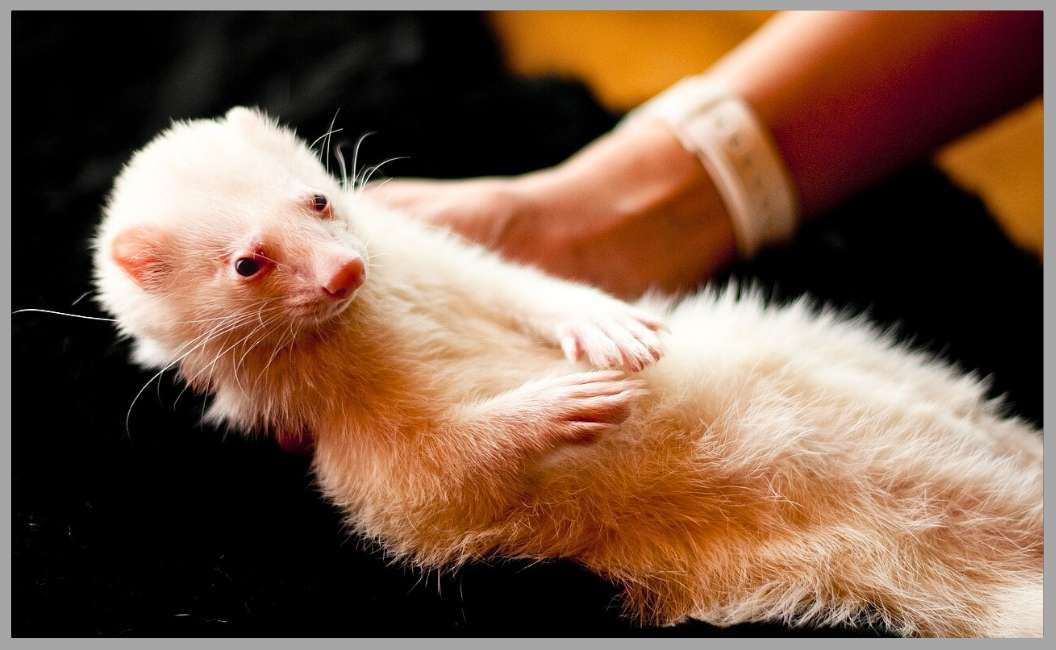 Ferrets are energetic and playful animals that can also be affectionate and enjoy cuddling with their owners. While they require careful handling and supervision, ferrets can become great small pets for cuddling. Here are some points to consider when cuddling with ferrets:
Ferrets are energetic and playful animals that can also be affectionate and enjoy cuddling with their owners. While they require careful handling and supervision, ferrets can become great small pets for cuddling. Here are some points to consider when cuddling with ferrets:
1. Handling with Care:
Ferrets have a flexible and agile body structure, so it’s important to handle them gently and with care. Support their body with both hands, ensuring that their back is well supported. Avoid squeezing or putting pressure on their body, as it can cause discomfort or injury. Gentle strokes and scratches on their back or under the chin can help them relax during cuddling sessions.
2. bonding through play:
Ferrets are highly active and playful animals, and bonding through playtime can lead to more successful cuddling sessions. Engage in interactive play with your ferret using toys or games that stimulate their natural instincts. This helps to build trust and a stronger connection between you and your pet, making them more receptive to cuddling.
3. Create a Safe Cuddling Environment:
Ferrets are curious and can be prone to exploring their surroundings. Before cuddling, ensure the area is safe and free from potential hazards. Remove any small objects, wires, or toxic plants that could be harmful if chewed on. Create a comfortable space with soft blankets or pillows where you and your ferret can relax together.
4. Know their Individual Preferences:
Ferrets, like any other animals, have individual preferences when it comes to cuddling. Some ferrets may enjoy being cradled in your arms or lying on your lap, while others may prefer being snuggled against your chest or shoulder. Observe their body language and responses to different cuddling positions to find what they enjoy the most.
5. Cuddle Time and Boundaries:
Ferrets have high energy levels and may not prefer prolonged cuddling sessions. Respect their boundaries and let them dictate the duration of cuddling. If your ferret shows signs of restlessness or starts squirming, it’s an indication that they may want to explore or play. It’s important to allow them to have their own time and space.
6. Gentle Vocalizations and Bonding:
Ferrets communicate through a range of vocalizations, including purring and soft clucking sounds. These sounds are signs of contentment and can indicate that your ferret is enjoying the cuddling session. Respond with gentle and soothing sounds to further strengthen the bond between you and your ferret.
Cuddling with ferrets can be a rewarding experience, as it helps to deepen the bond and trust between you and your pet. It provides them with comfort and security while allowing you to enjoy their affectionate nature. Always remember to be patient, gentle, and responsive to your ferret’s needs and preferences for a positive cuddling experience.
Small Dogs:
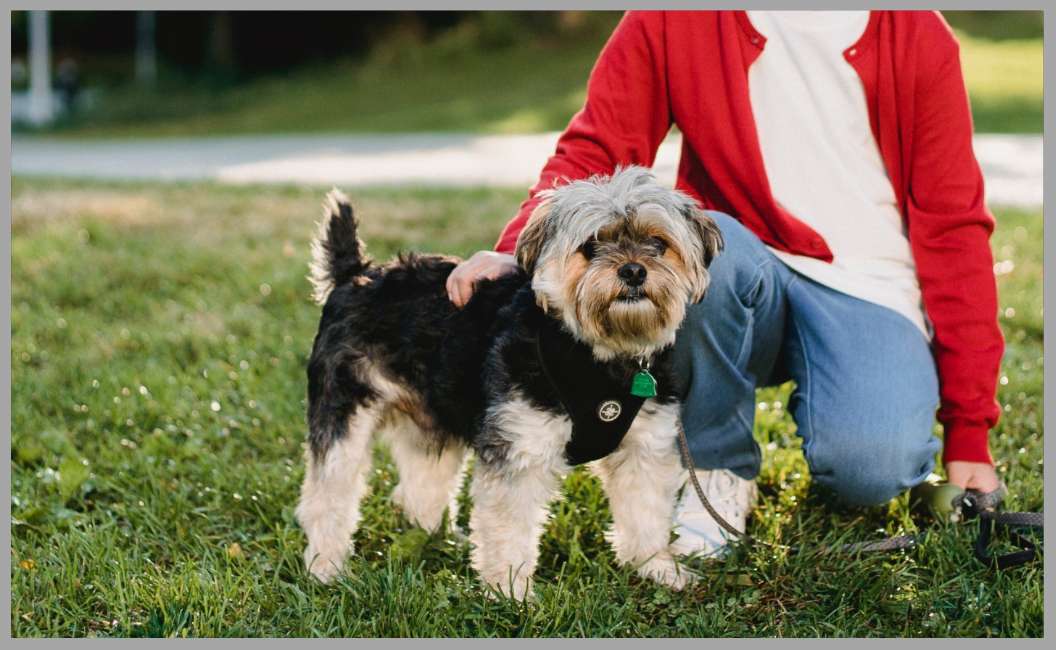 While not traditionally considered “small pets,” small dog breeds can be fantastic companions for cuddling. They are known for their loyalty, affection, and desire to be close to their owners. Here are some points to consider when cuddling with small dogs:
While not traditionally considered “small pets,” small dog breeds can be fantastic companions for cuddling. They are known for their loyalty, affection, and desire to be close to their owners. Here are some points to consider when cuddling with small dogs:
1. Choose a Cuddly Breed:
When selecting a small dog for cuddling, consider breeds that are naturally inclined to enjoy physical affection. Some examples of small dog breeds known for their cuddling abilities include the Cavalier King Charles Spaniel, Bichon Frise, Shih Tzu, and Pomeranian. These breeds often have a friendly and affectionate temperament, making them great cuddle buddies.
2. Bonding and Trust:
Building a strong bond and trust with your small dog is crucial for successful cuddling. Spend quality time together, engage in positive training sessions, and provide consistent care. This helps your dog feel secure and comfortable with you, leading to more enjoyable cuddling experiences.
3. Create a Cozy Cuddle Spot:
Designate a cozy area in your home where you and your small dog can cuddle comfortably. Place a soft blanket or cushion in this spot, and encourage your dog to relax and snuggle with you. Having a designated cuddle spot can help establish a routine and make cuddling sessions more enjoyable for both of you.
4. Gentle Touch and Petting:
Small dogs are often sensitive to touch, so it’s important to be gentle and mindful of their preferences. Stroke them softly, focusing on areas like their back, chest, and behind the ears, which they typically enjoy. Pay attention to your dog’s body language to ensure they are comfortable and enjoying the cuddling experience.
5. Respect Their Limits:
While small dogs are generally more comfortable with physical affection, they still have their limits. Pay attention to signs of discomfort, such as growling, tensing up, or trying to move away. It’s important to respect their boundaries and give them space when they indicate they’ve had enough. Each dog is unique, so be attentive to your dog’s signals and adjust your approach accordingly.
6. Regular Exercise and Stimulation:
Small dogs still require regular exercise and mental stimulation to maintain a balanced lifestyle. Prioritize daily walks and play sessions to meet their physical and mental needs. A tired and content dog is more likely to enjoy cuddling and relaxation afterwards.
Cuddling with small dogs can be a wonderful way to strengthen your bond and provide them with the affection they crave. Enjoy the warmth and companionship of your furry friend as you share special moments of cuddling together.
Remember to always prioritize the comfort and well-being of your small dog, and tailor your cuddling approach to their individual personality and preferences. With love, patience, and understanding, you can create a loving and fulfilling cuddling experience for both you and your small dog.
Small Cats:
 Small cat breeds can also make excellent cuddling companions. Cats are known for their independent nature, but many small cat breeds are affectionate and enjoy snuggling up with their owners. Here are some points to consider when cuddling with small cats:
Small cat breeds can also make excellent cuddling companions. Cats are known for their independent nature, but many small cat breeds are affectionate and enjoy snuggling up with their owners. Here are some points to consider when cuddling with small cats:
1. Choose a Cuddly Breed:
When selecting a small cat for cuddling, look for breeds known for their affectionate and cuddly nature. Some examples of small cat breeds that are often cuddly include the Ragdoll, Siamese, Devon Rex, and Scottish Fold. These breeds tend to be social and enjoy close physical contact with their owners.
2. Respect Their Personal Space:
Cats, even cuddly ones, value their personal space. Allow your small cat to approach you for cuddling rather than forcing it upon them. Provide inviting spaces, such as cozy cat beds or blankets, where they can choose to curl up next to you. Giving them the freedom to initiate cuddling helps build trust and makes the experience more enjoyable for both of you.
3. Gentle Approach and Touch:
Approach your small cat with calmness and gentleness. Speak softly and extend your hand for them to sniff and investigate. Respect their boundaries and let them guide the interaction. When petting, focus on areas they enjoy, such as the head, chin, and back. Avoid sensitive areas like the belly or tail, as not all cats appreciate being touched there.
4. Patience and Observation:
Cats have their own unique personalities and preferences. Some may immediately enjoy cuddling, while others may take time to warm up. Be patient and observe your small cat’s body language and vocalizations to understand their comfort level. If they show signs of stress or restlessness, give them space and try again later.
5. Create a Safe and Warm Environment:
Make sure your home provides a safe and warm environment for cuddling with your small cat. Cats enjoy cozy spaces, so provide soft blankets or cushions where they can snuggle up with you. Ensure the room is quiet and free from any potential hazards or disturbances.
6. Cuddle Time and Routine:
Establish a regular cuddling routine with your small cat. Cats appreciate consistency and often enjoy predictability. Set aside dedicated cuddle time each day where you can relax together. This helps strengthen the bond between you and provides your small cat with the comfort and security they seek.
Cuddling with small cats can be a delightful and comforting experience. Respect your cat’s individuality and preferences, and allow them to dictate the level of physical contact they desire. By providing a loving and secure environment, you can create a special bond with your small cat through cuddling and enjoy the companionship they offer.
Remember, not all cats may be inclined to cuddle extensively, and that’s okay. Each cat has its own unique personality, and as long as you respect their boundaries and provide them with love and care, you can still have a fulfilling and loving relationship with your small cat.
Conclusion:
Cuddling with a small pet offers numerous benefits, including emotional support, stress relief, companionship, and physical health benefits. Small pets such as guinea pigs, rabbits, chinchillas, rats, and hamsters are known for their cuddling abilities and can bring immense joy to our lives. However, it’s important to remember that each pet has unique personalities and preferences, so it’s crucial to understand their specific needs and provide them with a safe and comfortable environment. With love, patience, and proper care, these cuddly small pets can become cherished companions.